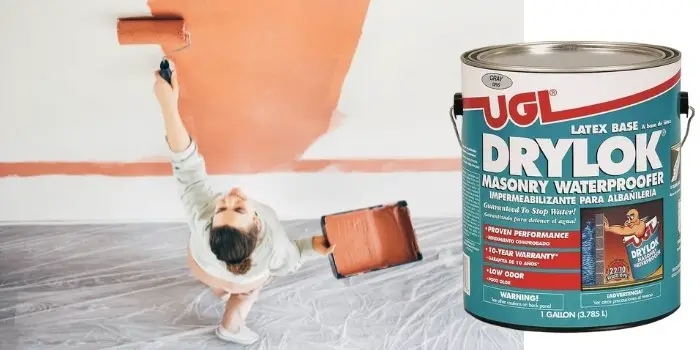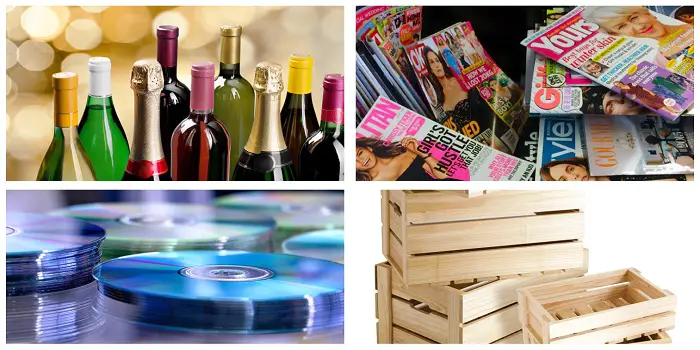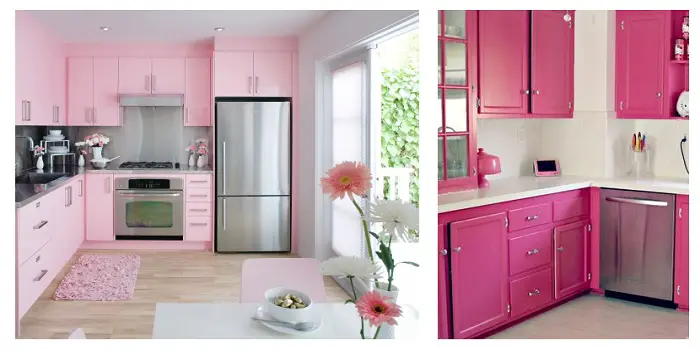
When it comes time to freshen up the exterior of your home, you may be looking for the quickest and easiest way to do so.
Many homeowners choose to paint their home’s exterior, but if you’re not sure whether or not your home is ready for a new coat of paint, you can always test it with a coat of Drylok.
The good thing is that DRYLOK can be used over your old existing paint if it’s in good, repaintable condition. However, before putting this product on your existing painted walls, you need to know a few other things.
In this blog post, we’ll discuss in detail how to determine if your home needs a DRYLOK and whether or not you can put DRYLOK over old existing paint.
Read on for more…
What's Here in the Article:
What is DRYLOK – What is it used for?
Drylok is a waterproofing sealer that can be used on both interior and exterior surfaces. It’s available in both latex and oil-based formulas (in both clear and tinted versions) and is perfect for concrete, masonry, wood, and more use.
The tinted formula can be used to add a bit of color to the surface while still providing a waterproof barrier to solve water seepage problems.
You can apply DRYLOK Masonry Waterproofer with a brush, roller, or sprayer. When applied properly, Drylok will create a waterproof barrier that will prevent moisture from seeping through cracks and pores on the surface. This will help to protect your home from water damage, mold, and mildew.
Can You Use Drylok Over the Existing Paint?
Certainly, you can apply Drylok over existing paint if the paint is a cementitious-type waterproofing paint and is in good, repaintable condition, whether inside or outside. However, it’s crucial to note that you cannot use Drylok over oil or latex-based paint on the interior of a building.
Additionally, Drylok should not be applied over varnishes or lacquers, as varnishes can deteriorate under Drylok’s chemical composition unless specifically treated, potentially resulting in paint chips and cracking.
When using Drylok, it’s also important to make sure that the surface is dry, clean, and free of dirt, grease, and oil before applying Drylok. If the surface is not clean, the formula will not adhere properly. Additionally, if the surface is wet, the Drylok will not cure properly and will not create a waterproof barrier.
How To Use?
Once you’ve determined that the surface is clean and dry, you can apply Drylok by simply following these instructions…
- Wear a respirator or a mask to protect yourself from toxic fumes that may be released.
- Decide which Drylok product is right for your project. There are three types of Drylok: Wetlook, Masonry waterproofer, and Extreme.
- If you plan on using the masonry waterproofer, mix it with water according to the instructions on the bucket.
- Use a brush or a roller to apply the Drylok to the surface you are treating. Make sure you apply it evenly and thoroughly.
- If you are using the Wetlook or Extreme products, do not dilute them with water.
- Apply these products in the same way as you would the masonry waterproofer. Ensure to clean up any spills immediately.
- Wait for the first coat to dry completely before applying a second coat, if necessary.
Spraying Drylok over the old paint or old Drylok is also a viable option if you want, but it requires careful attention to detail.
To prevent dripping and potential damage, ensure precise aiming of the spray nozzle before releasing the trigger. Hold the can at a 45-degree angle from the painting surface. This angle ensures that the spray droplets evenly coat both sides of the object, rather than being directed predominantly to one side.
Also, applying just the right amount of pressure and being gentle with the spraying process is crucial. Excessive pressure can cause the paint to bead up on surfaces or skid, resulting in a rough surface that’s challenging to clean.
Considerations Before Applying Drylok Over Paint
Before proceeding with Drylok on any surface, it’s imperative to conduct a test on an inconspicuous area. This precautionary measure helps minimize the risk of damaging your existing paint or encountering issues during the painting process, ensuring a smoother and more successful application.
When spraying Drylok, whether indoors or outdoors, it’s crucial to balance air pressure and flow by adjusting device settings appropriately. Proper ventilation is essential to ensure a safe spraying environment. Inadequate ventilation could result in the release of toxins into the atmosphere, posing harm to individuals nearby.
Additionally, you should never use the product in direct sunlight or near open flames, as exposure to heat and sunlight can lead to fading or color changes over time. Additionally, keep electrical equipment away from Drylok to prevent any potential hazards.
Final Thoughts
Drylok is a waterproofing paint that can be used on both interior and exterior surfaces. It is perfect for areas subject to high moisture levels, such as basements, bathrooms, and laundry rooms. Drylok can also be used to waterproof concrete and masonry surfaces.
You can put a light coat of Drylok over the existing paint or over Drylok if the surface is clean and dry. If the surface is not clean or dry, the Drylok will not adhere properly and will not be effective.
Once Drylok has been applied, it will take 24 hours to cure. After it has cured, you can paint over it with any type of paint. If you’re using the tinted formula, you may not need to paint over it at all.
Share the post "Can You Put Drylok Over Old Existing Paint?"

Douglas Becker (aka Painter Doug) has over twenty years of experience as a painter in Adkins, Texas. At present, he resides in Florida with his family.
From painting multi-storeyed houses, condos, and apartments to large commercial buildings and small offices, he had served various customers in areas not only in Adkins but also in Southwest Florida, Sarasota, Naples, and many more. To know more about him check here.




